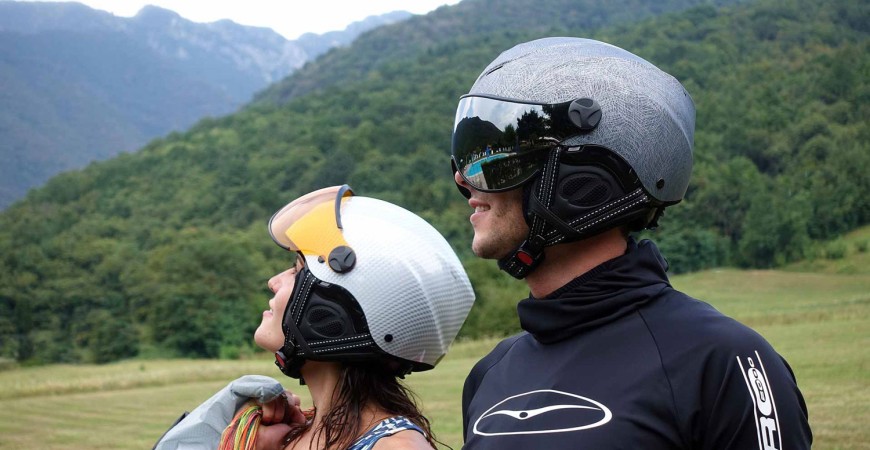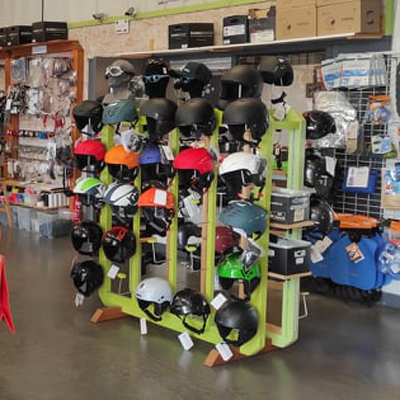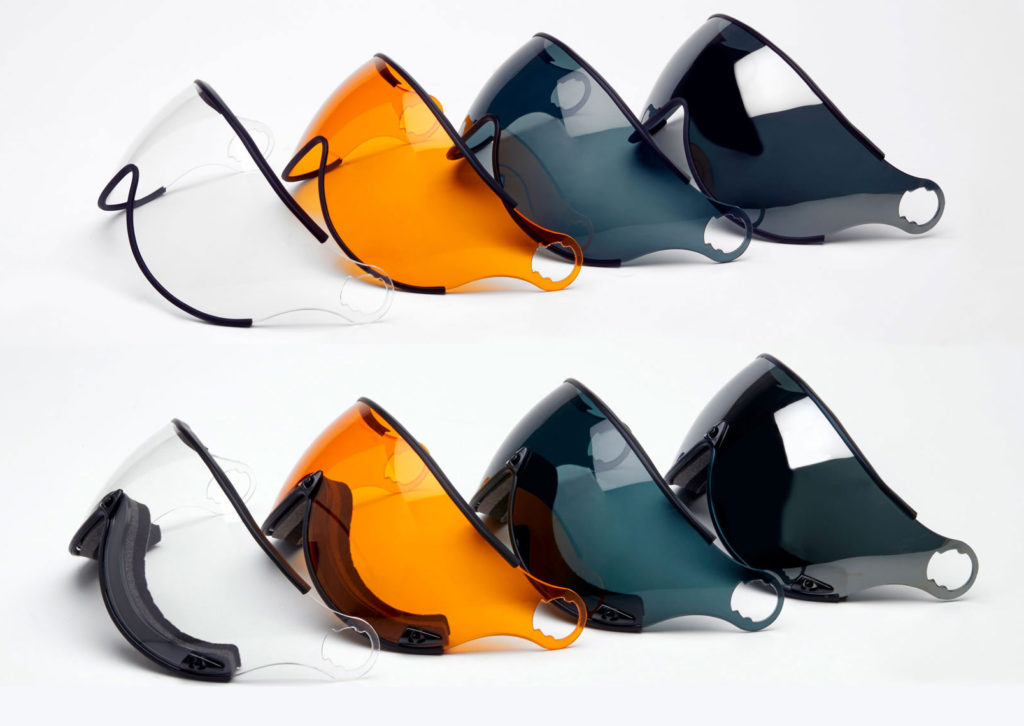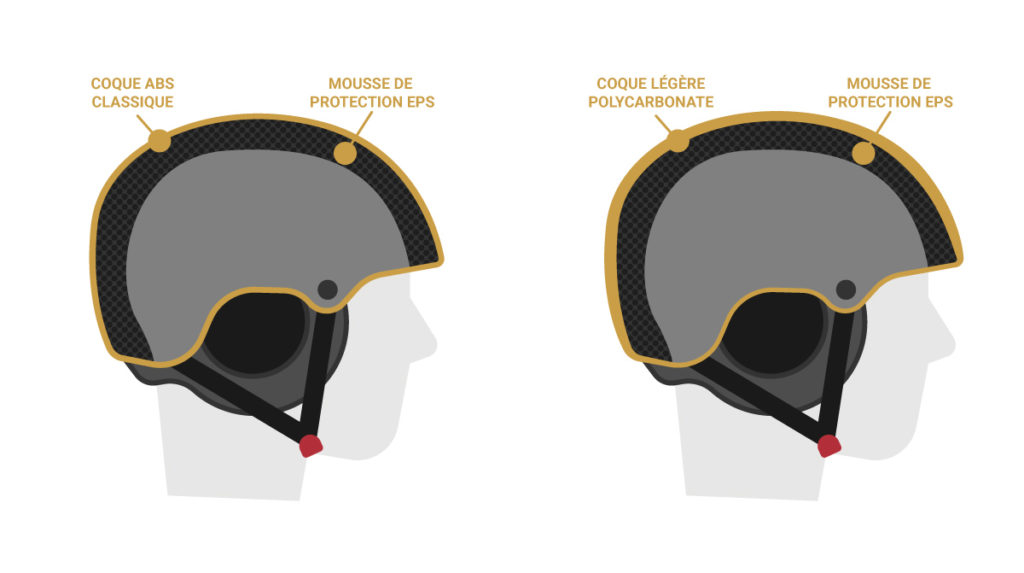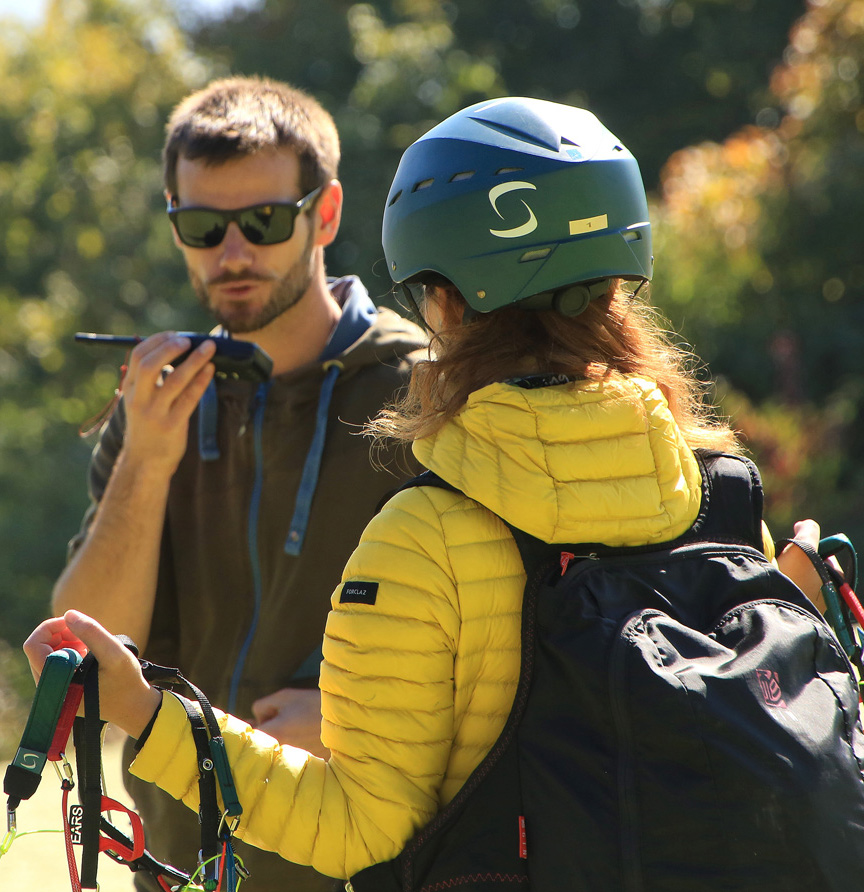Click for more products.
No produts were found.
-
-
-
Paragliders by Certification :
- EN A (beginner) Paragliders
- EN B (progression) Paragliders
- EN C Paragliders
- EN D and CCC Paragliders
- DGAC Paragliders
- Not Homologated Paragliders
Paragliders by Brand :
- Dudek Paragliders
- Gin Paragliders
- ITV Paragliders
- Little Cloud Paragliders
- MCC Paragliders
- Nervures Paragliders
- Niviuk Paragliders
- Sol Paragliders
- Sky Paragliders
- Skywalk Paragliders
- Supair Paragliders
- Swing Paragliders
- UP Paragliders
- Nova Paragliders
Paragliders by Type :
- Acrobatics and Speed Paragliders
- Single Skin Paragliders
- Tandem Paragliders
- Paramotor Wings
- Light Paragliders - Mountain
Paraglider Accessories :
-
-
-
Harnesses by Type :
- Seated Harnesses
- Convertible Harnesses
- Cocoon Harnesses
- String Harnesses
- Tandem Harnesses
- Speed Riding/Flying Harnesses
- Paramotor Harnesses
Harnesses by Brand :
- Dudek Harnesses
- Gin Harnesses
- Kortel Harnesses
- Little Cloud Harnesses
- Neo Harnesses
- Nervures Harnesses
- Niviuk Harnesses
- Nova Harnesses
- Sol Harnesses
- Skyparagliders Harnesses
- Skywalk Harnesses
- Supair Harnesses
- Swing Harnesses
Harness Accessories :
- Paraglider's Risers
- Protection : Air Bag - Mousse Bag - Koroyd
- Cockpits
- Anti-G
- Urination Solution
- Speed-Bar and Foot Stirrup
- Security Accessories
- Ballasts and Camel Bag
- Seatboard for harness
- Cocoon, Speed Bag and Cocoon Nose Extension
- Tandem Spreader Bars
- Tow Release
- Camera Pockets
- Harness Test Gantry
-
-
-
Rescue by Type :
Rescue by Weight Range :
Rescue by Brand :
- Supair Rescues
- Niviuk Rescues
- Companion Rescues
- Kortel Rescues
- Skywalk Rescues
- Sol Rescues
- Gin Rescues
- Sky Paragliders Rescues
- Nova Rescues
Rescue Accessories :
-
-
-
Helmets by Brand :
Paramotor Helmets :
-
-
-
Paragliding Bags by Type :
- Paragliding Packing Bags
- Paragliding Rucksacks
- Paragliding Fast Packing Bags
- Paragliding Compress Bags
- Speed Riding Bags
Paragliding Bags by Brand :
- Dudek Paragliding Bags
- Gin Gliders Paragliding Bags
- ITV Paragliding Bags
- Kortel Design Paragliding Bags
- Neo Paragliding Bags
- Nervures Paragliding Bags
- Niviuk Paragliding Bags
- Nova Paragliding Bags
- Ozone Paragliding Bags
- Skywalk Paragliding Bags
- Supair Paragliding Bags
- Sol Paragliding Bags
- Sky Paragliders Paragliding Bags
- UP Paragliders Bags
-
-
-
Flight Instruments :
Measuring instruments :
Free Flight Radios :
- Radios
- Antennas and Adapters
- Batteries and Chargers
- Covers and Holsters
- Deported Microphones - Helmets and Laryngophones
- Divers Radio
Aviation Radios :
-
-
-
Paraglider Accessories :
- Brake Controls
- Paraglider's Risers
- Paramotor Wings Registration
- Compression Straps
- Camera Supports
- Lines Length and Lines at Meters
- Fabrics and Ripstop
Harness Accessories :
- Protection : Air Bag - Mousse Bag - Koroyd
- Cockpits
- Anti-G
- Urination Solution
- Speed-Bar and Foot Stirrup
- Security Accessories
- Ballasts and Camel Bag
- Seatboard for harness
- Cocoon, Speed Bag and Cocoon Nose Extension
- Tandem Spreader Bars
- Tow Release
- Camera Pockets
- Harness Test Gantry
Rescue Accessories :
Hardware :
Multi-Function Pliers and Tools
-
-
-
Paramotor Helmets :
Ultralight Aviation Accessories :
- Carburation - Lubricant
- Ultralights Aviation Various Equipment
- Propellers
- Throttles
- Transponders
- Ultralight Aviation Hardware
-
-
-
Windsocks and Masts :
- Aviation Windsocks
- Paragliding Windsocks
- Customized Windsocks
- Masts for Windsocks
- Windsock and Mast Accessories
Lighting and Aerial Beaconing :
- Airstrip Beacons
- Aerial Obstruction Light
- Beaconing High-Voltage Lines
- Beaconing for Heliport
- Solar and Backup Power
-
-
-
Upper-Body Clothing :
Gloves and Inner Gloves :
-
-
Our Paragliding Courses :
- Mini Discover Course
- Beginner Course
- Progression Course
- Thermal Perf Course
- Cross Course Level 1
- Cross Course Level 2
Our Other Training Courses :

